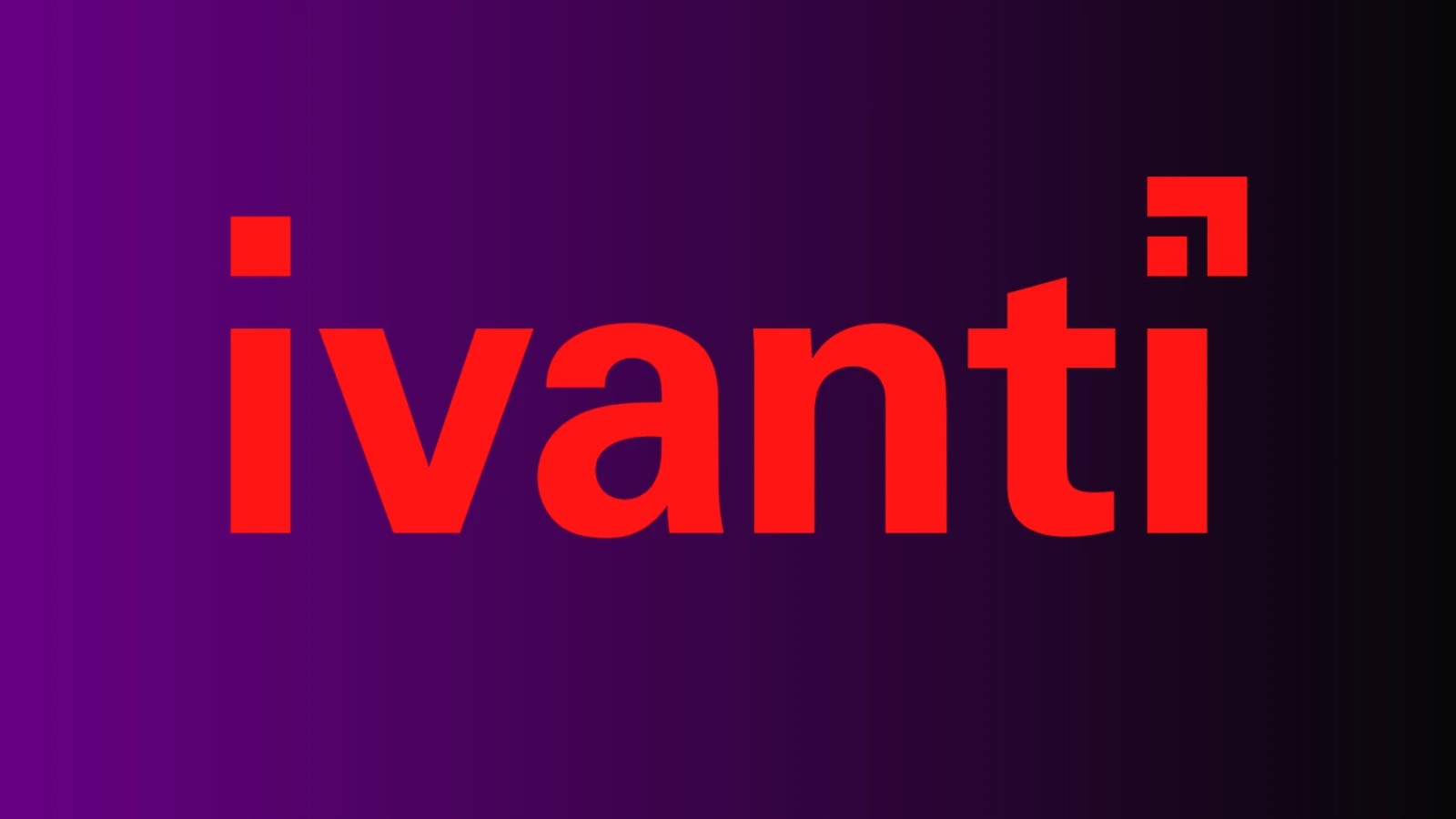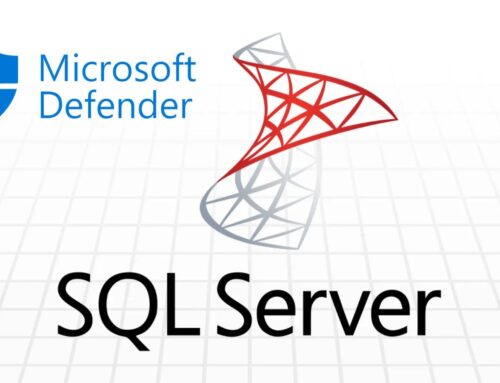
Ivanti Connect Secure, Policy Secure and ZTA Vulnerabilities Let Attackers Trigger DoS Attack
Are your organization’s defenses against crippling Denial-of-Service (DoS) attacks as robust as you believe? A recent disclosure from Ivanti highlights critical vulnerabilities in their widely used Connect Secure, Policy Secure, and Zero Trust Access (ZTA) gateway products. These flaws, if left unaddressed, could enable remote attackers to launch devastating DoS attacks, potentially bringing your critical services to a standstill without requiring any prior authentication.
As cybersecurity analysts, our role is to translate complex technical bulletins into actionable intelligence. This post delves into the specifics of these Ivanti vulnerabilities, their potential impact, and, most importantly, the immediate steps your team must take to safeguard your infrastructure.
Understanding the Ivanti Vulnerabilities
Ivanti has internally discovered and responsibly disclosed a series of high and medium-severity vulnerabilities affecting their key security products. These vulnerabilities, while not yet observed in active exploitation, pose a significant risk due to their potential to disrupt service availability. The core concern revolves around the ability of unauthenticated remote attackers to trigger DoS conditions.
While the initial report from Cybersecurity News highlights the general threat, a deeper dive into Ivanti’s advisories reveals the specific CVEs involved. These include:
- CVE-2023-46805: An authentication bypass vulnerability in Ivanti Connect Secure and Ivanti Policy Secure gateways.
- CVE-2024-21887: A command injection vulnerability in Ivanti Connect Secure and Ivanti Policy Secure gateways.
- CVE-2024-21888: A server-side forged request vulnerability in Ivanti Connect Secure, Policy Secure, and ZTA.
- CVE-2024-21893: A server-side request forgery vulnerability in Ivanti Connect Secure, Policy Secure, and ZTA.
These vulnerabilities, some of which are chained together, create a pathway for attackers to bypass existing authentication, execute arbitrary commands, and ultimately trigger DoS conditions, severely impacting the availability and reliability of these critical gateway services.
Affected Products and Their Role
The vulnerabilities span across three crucial Ivanti product lines:
- Ivanti Connect Secure (formerly Pulse Connect Secure): A widely deployed SSL VPN solution providing secure remote access for users to corporate resources. A DoS attack on this gateway would effectively cut off remote access for an entire organization.
- Ivanti Policy Secure: A Network Access Control (NAC) solution that enforces security policies on devices connecting to the network. Disruption of Policy Secure could lead to unauthorized network access or a complete inability for legitimate devices to connect.
- Ivanti Zero Trust Access (ZTA): Designed to implement zero-trust principles, verifying every user and device before granting access to applications and data. A DoS against ZTA undermines the very foundation of a zero-trust architecture, potentially leaving critical resources exposed.
The interconnected nature of these products means that a compromise in one could have cascading effects across an organization’s network security posture.
The Impact of a DoS Event
A successful DoS attack leveraging these Ivanti vulnerabilities would result in severe operational disruption. For an organization, this could mean:
- Business Interruption: Employees unable to connect to critical applications, leading to productivity loss.
- Financial Loss: Direct impact from halted operations, potential penalties for service level agreement (SLA) breaches, and recovery costs.
- Reputational Damage: Loss of customer trust and public credibility due to service outages.
- Erosion of Security Posture: While a DoS primarily affects availability, sustained attacks can be part of larger, more sophisticated campaigns aimed at distracting security teams while other malicious activities occur.
Remediation Actions: Your Immediate Priority
Given the severity and unauthenticated nature of these vulnerabilities, immediate action is paramount. Ivanti has released security updates to address these issues. Organizations using affected products must prioritize patching.
- Patch Immediately: Apply the latest security updates released by Ivanti for Connect Secure, Policy Secure, and ZTA. Ensure you are on a supported version before attempting to patch.
- Consult Official Advisories: Always refer to Ivanti’s official security advisories for the most accurate and up-to-date patching instructions, mitigation details, and version matrices. Ivanti’s PSIRT advisories are typically the authoritative source.
- Monitor Logs: Increase scrutiny of logs for unusual activity, failed login attempts, or signs of DoS attacks.
- Network Segmentation: Reinforce network segmentation to limit the lateral movement of potential attackers, even if an initial compromise occurs.
- Incident Response Plan Review: Review and update your incident response plan specifically for DoS scenarios and large-scale patching efforts.
Tools for Detection and Mitigation
While patching is the primary remediation, various tools can aid in detection, scanning, and mitigation efforts related to DoS attacks and vulnerability management.
| Tool Name | Purpose | Link |
|---|---|---|
| Nessus/Tenable.io | Vulnerability scanning and management | https://www.tenable.com/products/nessus |
| OpenVAS/Greenbone | Open-source vulnerability scanner | https://www.greenbone.net/ |
| Wireshark | Network protocol analyzer for traffic monitoring | https://www.wireshark.org/ |
| Suricata/Snort | Intrusion Detection/Prevention Systems (IDS/IPS) rules for attack patterns | https://suricata-ids.org/ / https://www.snort.org/ |
| Ivanti Patch Connect | Direct Ivanti patching utility | Refer to Ivanti Support Portal |
Looking Ahead: Proactive Security Posture
This incident underscores the continuous need for a proactive security posture. Relying solely on perimeter defenses is insufficient. Organizations must adopt a layered security approach, incorporating:
- Vulnerability Management Programs: Regular scanning and timely patching are non-negotiable.
- Threat Intelligence Integration: Stay informed about emerging threats and vulnerabilities relevant to your installed technologies.
- Security Awareness Training: Educate staff on the importance of security hygiene.
- Robust Backup and Recovery Plans: Minimize downtime in the event of a successful attack.
The security of critical infrastructure, especially remote access and zero-trust gateways, demands constant vigilance. By understanding the risks associated with these Ivanti vulnerabilities and taking prompt, decisive action, organizations can significantly reduce their exposure to disruptive DoS attacks and maintain operational resilience.





